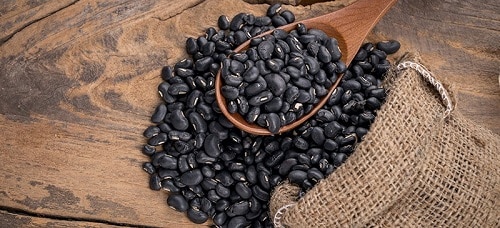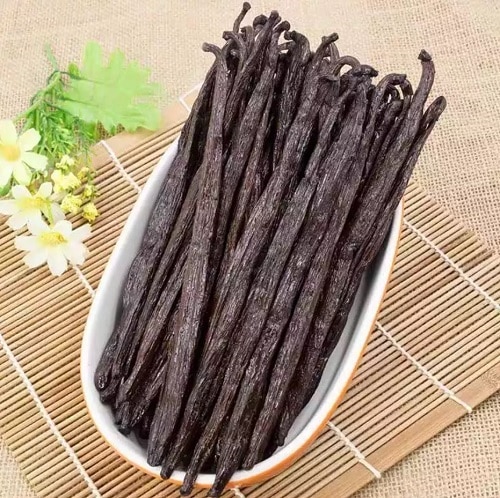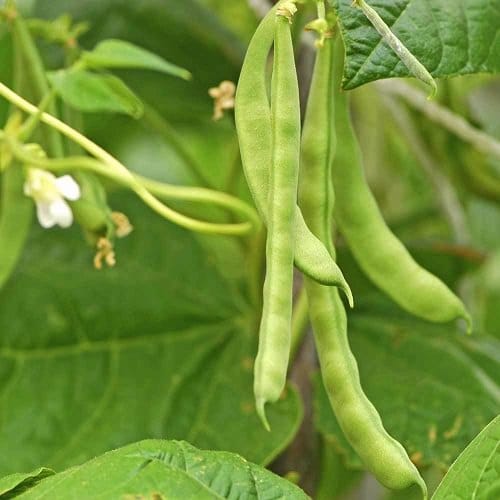If you are looking forward to Growing Different Types of Beans then here are some of the varieties to try. You can also grow them in pots!
Beans can be an excellent addition to any edible garden as they are easy-to-grow and harvest. If you like to grow different types of beans, we’re listing some of the varieties that home gardeners usually don’t grow.
Check out our article on types of beans for containers here
What are Beans?
Beans are the seeds or fruits of one of the several species of the flowering plant family known as Fabaceae. These seeds are used in several methods of cooking that include sprouting, boiling, frying, and baking.
They are rich sources of fiber and vitamin B. You can use them to replace meat as they are the best source of vegetarian protein. Beans are nutritious, easy to cook, and have many health benefits.
Note: Beans are also loaded with copper, zinc, manganese, selenium, and vitamin B1, B6, E, and K.
Here are some of the best high protein vegetables that you can include in your diet
Growing Different Types of Beans
1. Growing Black Beans


Botanical Name: Phaseolus vulgaris
Also known as turtle beans, black beans are categorized as legumes due to their hard shell-like appearance. They are rich in fiber, vitamins, minerals, and protein that plays an integral role in human health.
How to Grow
Black beans have two varieties, bush (determinate) and pole (indeterminate). Bush variety requires a bit more space between plants and harvested all at once. While pole beans need a trellis or stake for support and produce a greater yield vertically.
Plant black beans when the danger of frost passed in 12-inches containers place the pots. Keep them at a spot where the plants receive at least six hours of direct sunlight. Use fertile, loose soil with pH 6.0-7.0. Add mature compost before planting. Maintain soil moisture and practice moderate watering.
2. Vanilla Beans

Botanical Name: Vanilla planifolia
Native to tropical Mexico, vanilla beans grow on vanilla orchid and can take 3-5 years to produce beans. The plants need hand pollination to fruit productively.
How to Grow
Vanilla beans grow best in humid conditions in rich and moist soil. They cannot withstand the temperature below 55 F (12 C) and need much warmer conditions. You can also grow them in pots in your balcony.
3. Lima Beans


Botanical Name: Phaseolus lunatus
Also known as chad, butter, sieva, and Madagascar beans, they are tasty big legumes from Central America. The beans are flat, large, off-white, and kidney-shaped. They are consumed shelled for their tasty flavor.
How to Grow
Lima beans require warm and sunny conditions. Start sowing seeds early indoors before the last frost hits or outdoors when the temperature is constantly around or above at least 60 F (15 C) for a week.
The ideal growing temperature is around 70-80 F (21-28 C). Grow the plants where they can get sunshine throughout the day.
4. Fava Beans

Botanical Name: Vicia faba
Fava beans are also known as field beans, horse beans, and broad beans. These tender beans are inside the pods–flat, large, bright green in color with a clear skin that is removed before consumption. If you harvest them early, you can consume the skin too.
How to Grow
Fava beans are a cool-season crop. Seeds are sown in late summer or early fall for a late fall harvest or during winters in warm regions for the spring collection. Grow fava beans in full sun to partial shade. They’re hardy to about 21 F (-6 C).
5. Kidney Beans


Botanical Name: Phaseolus vulgaris
Kidney Beans are native to Central America and Mexico. They are an essential source of vegetable protein. These nutritious beans are cooked in a variety of dishes around the world.
How to Grow
Sow the seeds after the last frost in an area with full sunlight in well-draining soil. Keep in mind that beans don’t like soggy soil. Follow a moderate watering schedule.
6. Mung Beans

Botanical Name: Vigna radiata
Native to India, mung beans are small green beans from the legume family. They have a slightly sweet taste and eaten in soups, salads, dals, and stir-fry recipes. Also, these highly nutritious beans are an important source of essential vitamins and minerals.
How to Grow
Grow in well-draining soil with a pH 6.2-7.2. Sow the seeds when the soil has warm enough. Feed with a low nitrogen supplement such as 5-10-10.
7. Yard Long Beans

Botanical Name: Vigna unguiculata ssp. sesquipedalis
A member of the legume family Fabaceae, the Asparagus Beans are quite easy to grow. They are native to Southern Asia and grows best in warm climates. You can consume the leaves fresh and can cook young pods and beans.
How to Grow
Plant seeds 3/4 inch deep and use trellis for support—harvest when the pods reach 12-16 inches in length.


